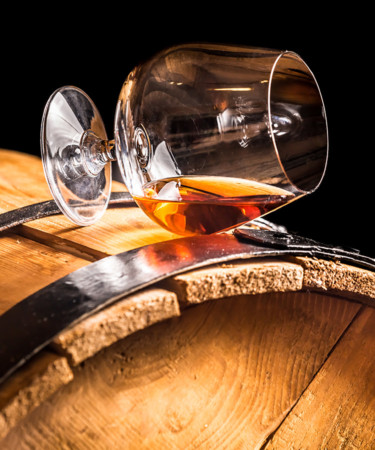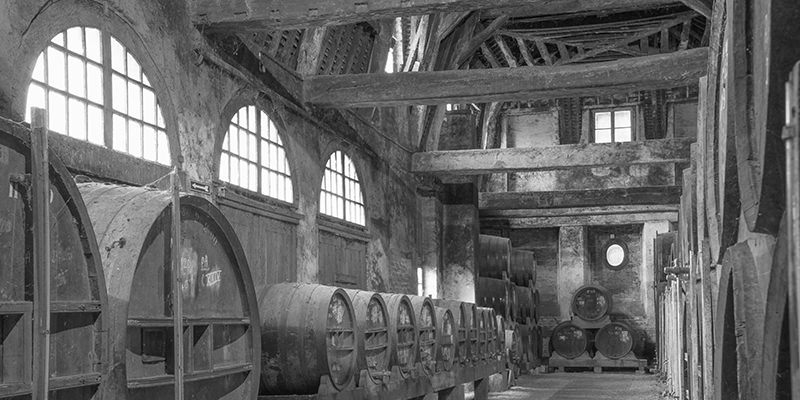Sipping a glass of French brandy is a simple and classy way to treat yourself. One of the most well-known types of French brandy is Cognac. While it may sound esoteric, it’s widely distributed–and often inexpensive. Don’t believe us? If you’ve ever tried Hennessy, you’ve tried Cognac. But Cognac isn’t the only great French spirit out there. If you’re really looking to get into the wonderful world of French brandy, make sure you don’t deprive yourself of another goodie: Armagnac.
Cognac and Armagnac are both French brandies made from white wine grapes. Unsurprisingly, Cognac is made in Cognac and Armagnac is made in Armagnac, in the Gascony region. While the two carry similarities, they also have some differences. Both Cognac and Armagnac are made from a shockingly undrinkable wine. However, Cognac typically only uses the Ugni Blanc grape, while Armagnac uses three additional grape varietals: Folle blanche, Colombard, and Baco Blanc. This thin wine is then distilled for both brandies; Cognac goes through two rounds of distillation in pot stills, while Armagnac only goes through one in a column still. This difference in process greatly affects the end product. Here’s why.
As we’ve discussed before, the more you distill a spirit, the more you strip it of congeners, i.e. “impurities.” While taking out impurities in a spirit can lead to less of a hangover, it also lifts a lot of its taste. That’s why vodka is more subtle in flavor than whiskey – because it usually has gone through much more extensive distillation (and filtration). Some might argue that for the same reason, Armagnac has a fuller, more complex flavor than Cognac.
Armagnac is often distilled to be lower in alcohol than Cognac. While Armagnac can be aged for a minimum of one year to reach the VS (Very Special) standard (the least stringent aging requirement), Cognac needs to be aged for at least two years. In fact, while you can technically have unaged Armagnac, there’s no such thing as unaged Cognac. When it comes to aging, Cognac typically sits in Limousin/Tronçais oak barrels, while Armagnac can be also be aged in Gascon oak barrels. Both brandies are sold as either vintages and blends, although they’re often blended.
Even though they’re made from grapes, both Cognac and Armagnac are strong, heavy spirits that we’d advise against gulping. When tasting Armagnac, a trick is to dab your finger in the glass and then dab it onto the back of your hand. Once the liquid has evaporated, smell it up close: you should be able to detect dried fruits, like apricots and figs, or perhaps a bit of butterscotch and licorice. We recommend a glass of brandy at the end of a meal, perhaps in a warmed glass or with a little cream and egg in a flip cocktail. Cognac is a widely known product, whereas Armagnac is more of a local hit. That said, Armagnac is still sold all over the world, so there’s nothing preventing you from enjoying both types of brandy.
Bon chance!
- Want to try some Armagnac for yourself? Try Marie Duffau Napoleon Armagnac.
- Looking for a Cognac to sip? Try Paul Beau VSOP Cognac.

